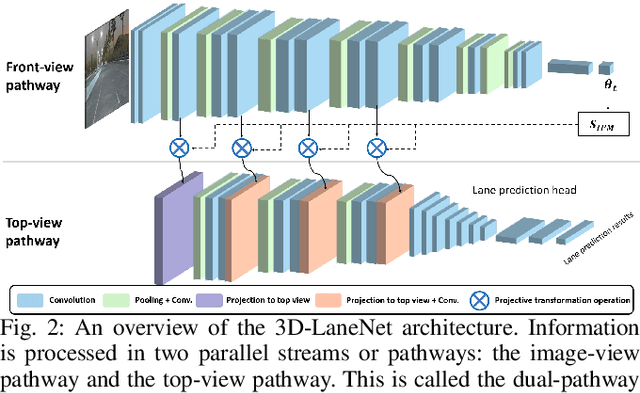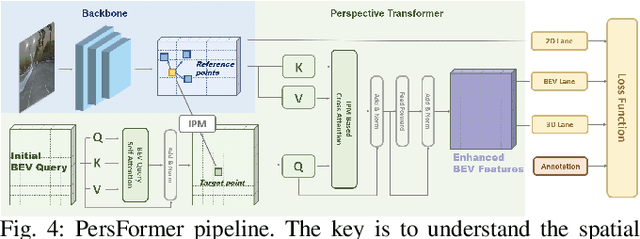Monocular 3D lane detection for Autonomous Driving: Recent Achievements, Challenges, and Outlooks
Paper and Code
Apr 10, 2024



3D lane detection plays a crucial role in autonomous driving by extracting structural and traffic information from the road in 3D space to assist the self-driving car in rational, safe, and comfortable path planning and motion control. Due to the consideration of sensor costs and the advantages of visual data in color information, in practical applications, 3D lane detection based on monocular vision is one of the important research directions in the field of autonomous driving, which has attracted more and more attention in both industry and academia. Unfortunately, recent progress in visual perception seems insufficient to develop completely reliable 3D lane detection algorithms, which also hinders the development of vision-based fully autonomous self-driving cars, i.e., achieving level 5 autonomous driving, driving like human-controlled cars. This is one of the conclusions drawn from this review paper: there is still a lot of room for improvement and significant improvements are still needed in the 3D lane detection algorithm for autonomous driving cars using visual sensors. Motivated by this, this review defines, analyzes, and reviews the current achievements in the field of 3D lane detection research, and the vast majority of the current progress relies heavily on computationally complex deep learning models. In addition, this review covers the 3D lane detection pipeline, investigates the performance of state-of-the-art algorithms, analyzes the time complexity of cutting-edge modeling choices, and highlights the main achievements and limitations of current research efforts. The survey also includes a comprehensive discussion of available 3D lane detection datasets and the challenges that researchers have faced but have not yet resolved. Finally, our work outlines future research directions and welcomes researchers and practitioners to enter this exciting field.
 Add to Chrome
Add to Chrome Add to Firefox
Add to Firefox Add to Edge
Add to Edge